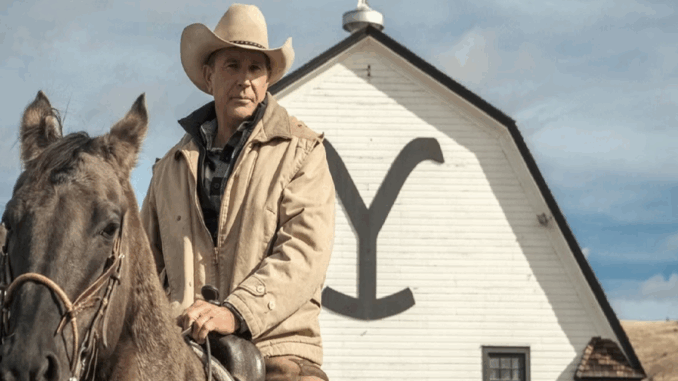
It’s wild to think that Yellowstone premiered seven years ago. What may have started as an underdog drama with core classic American themes revolving around family, land, and legacy, quietly became a juggernaut of a franchise with two completed spin-offs, and three (potentially four) new spin-offs on the way. Yellowstone may not have caught the attention of industry critics at first, but by its third season, it had garnered nominations and even snagged a few awards, including a Best Performance by an Actor in a Television Series – Drama Golden Globe for Kevin Costner. While it does seem like the series premiered a lifetime ago, with its recent resurgence via streaming, it feels like only yesterday.
Yellowstone Season 1, Episode 1 is a Cinematic Pilot That Plays Like a Western Movie
Yellowstone’s Pilot is the Series’ Longest Episode with a Runtime of 92 Minutes
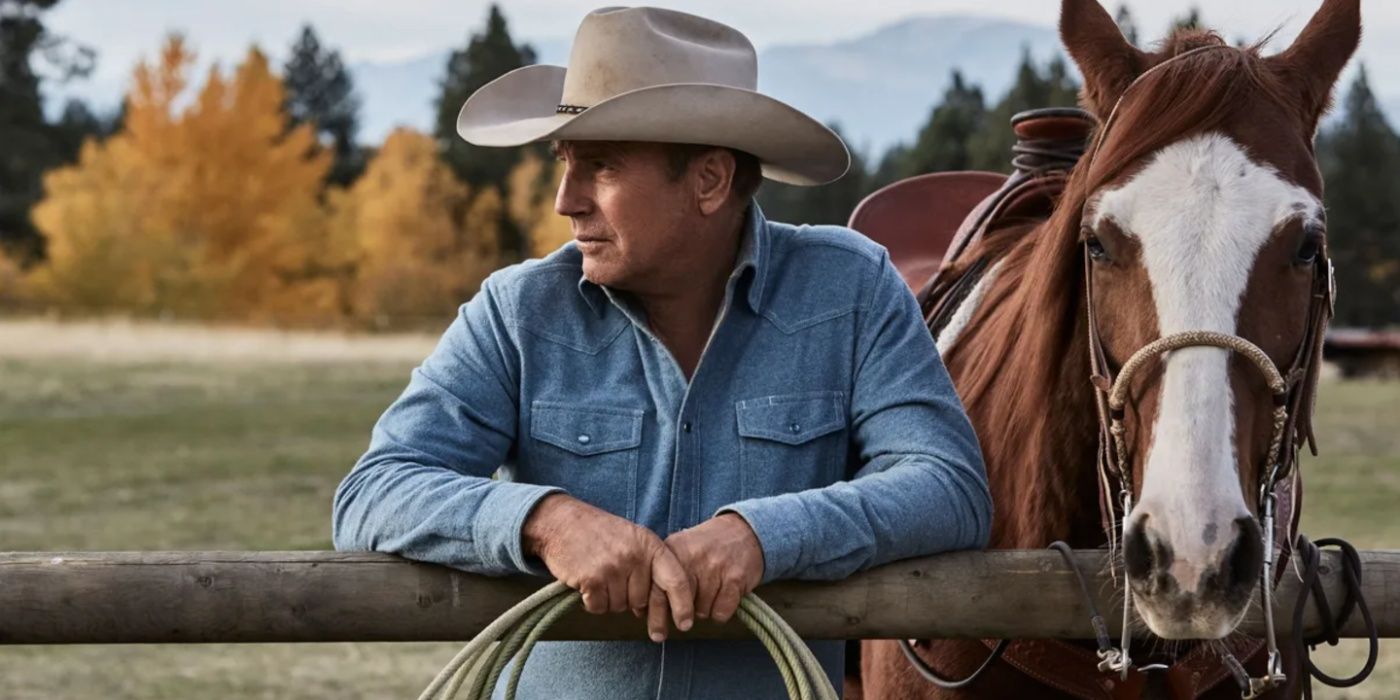
Yellowstone‘s first episode remains the series’ longest episode to date with a runtime of 92 minutes — its series finale was only 82 minutes — and there’s a good reason for that. Despite it being such a long episode, not a minute goes to waste. There’s a deliberate tone and pacing that Sheridan seeks to establish while also easing the audience into his version of Montana and the American West. He doesn’t let that rhythm affect the way he delivers the story, though, and the episode’s opening sequence is proof.
Viewers witness a clear blue sky, the sounds of a horse, and a bloodied hand reaching out, and slowly, Kevin Costner’s John Dutton appears on-screen for the first time. He’s just survived a terrible car crash and chooses to mercy-kill the horse who is severely wounded. All this happens with only one significant line of dialogue. It’s quiet, heavy, and brutal. Yet, the way this whole sequence is shot makes it more like a poem. Immediately, the audience knows that this won’t be an easy journey, and the story they’re about to witness is a tragedy.
“It’s not fair this life. I know you deserve better. Best I can offer you is peace.” – John Dutton
Compared to most other TV shows, Yellowstone isn’t afraid of vast shots of the landscape. Montana is just as important (if not more important) as the rest of the cast. In many ways, the pilot is the promise that Sheridan is making to his audience of what the show will always be. What makes the series even more unique is the fact that Sheridan wrote most of the episodes (sometimes even rewriting entire seasons on his own), so there’s a distinct voice in terms of the writing and concepts being presented.
There’s nothing flaky about the themes of the series or the characters themselves, all of whom are introduced in such an organic way within the pilot. Sheridan’s confidence within the screenplay couldn’t be more obvious or clear. There’s something to be said about that, especially given current trends of creatives backtracking to please audiences, even if it means betraying their original idea. Yellowstone never wavered: it stuck to the path it laid in Season 1, Episode 1. Having hindsight as an advantage, the series’ first episode and final episode are echoes of each other in the most perfect, albeit tragically hopeful, way.
Episode 1 of Yellowstone is a Masterclass in Character Introductions
Every Character Gets Their Moment to Shine
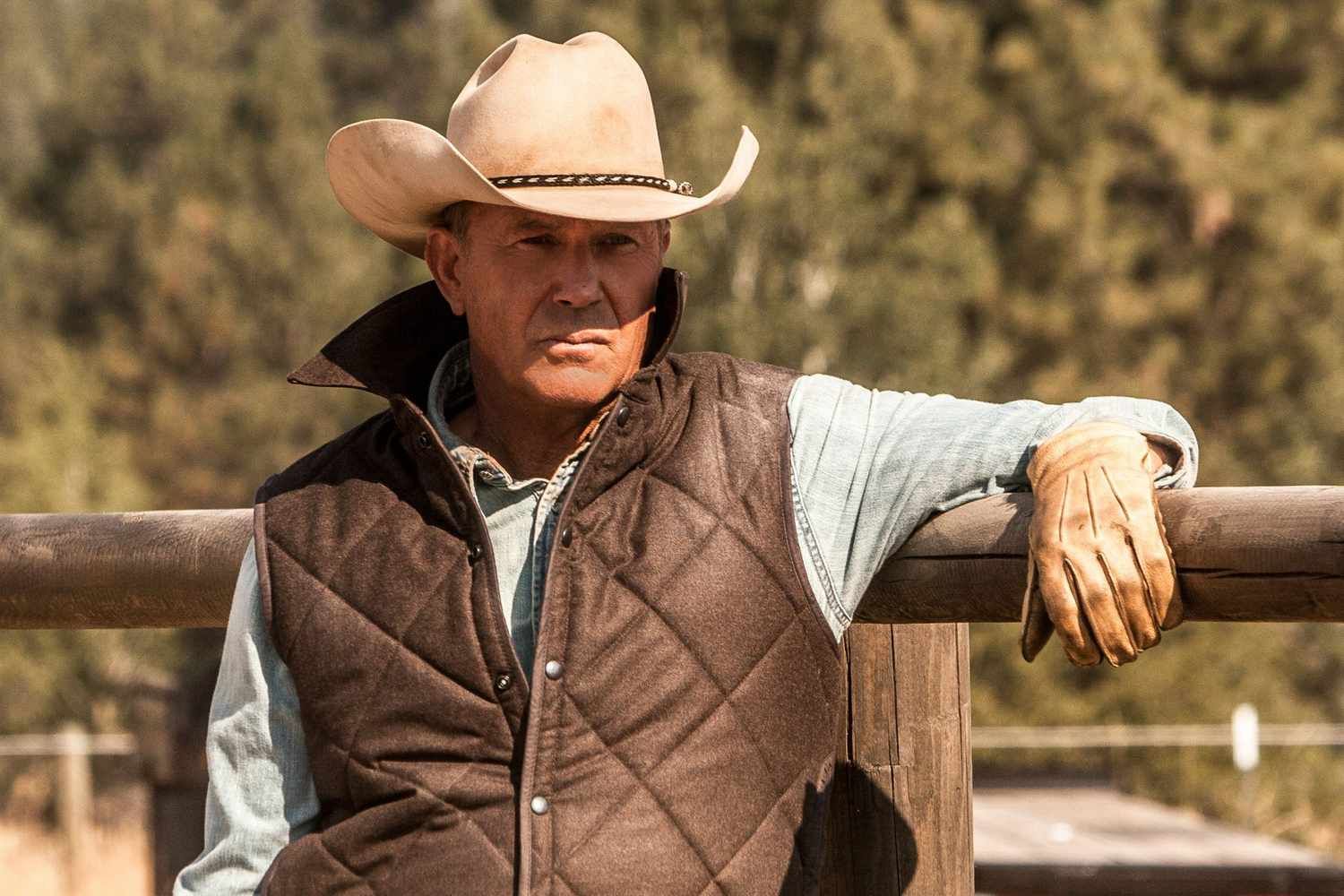
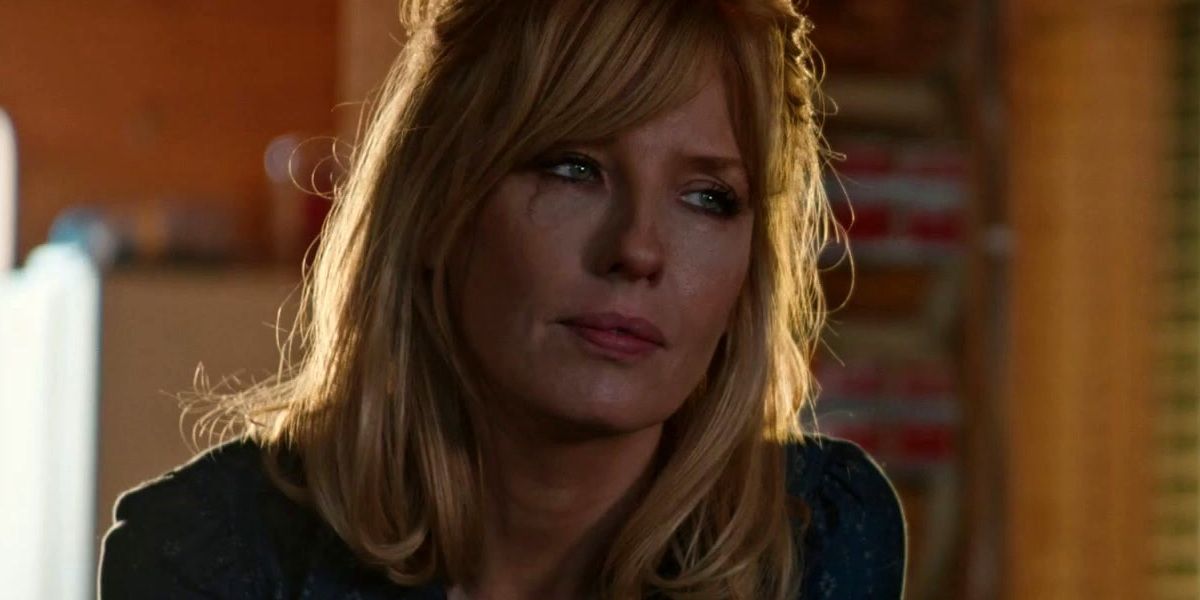
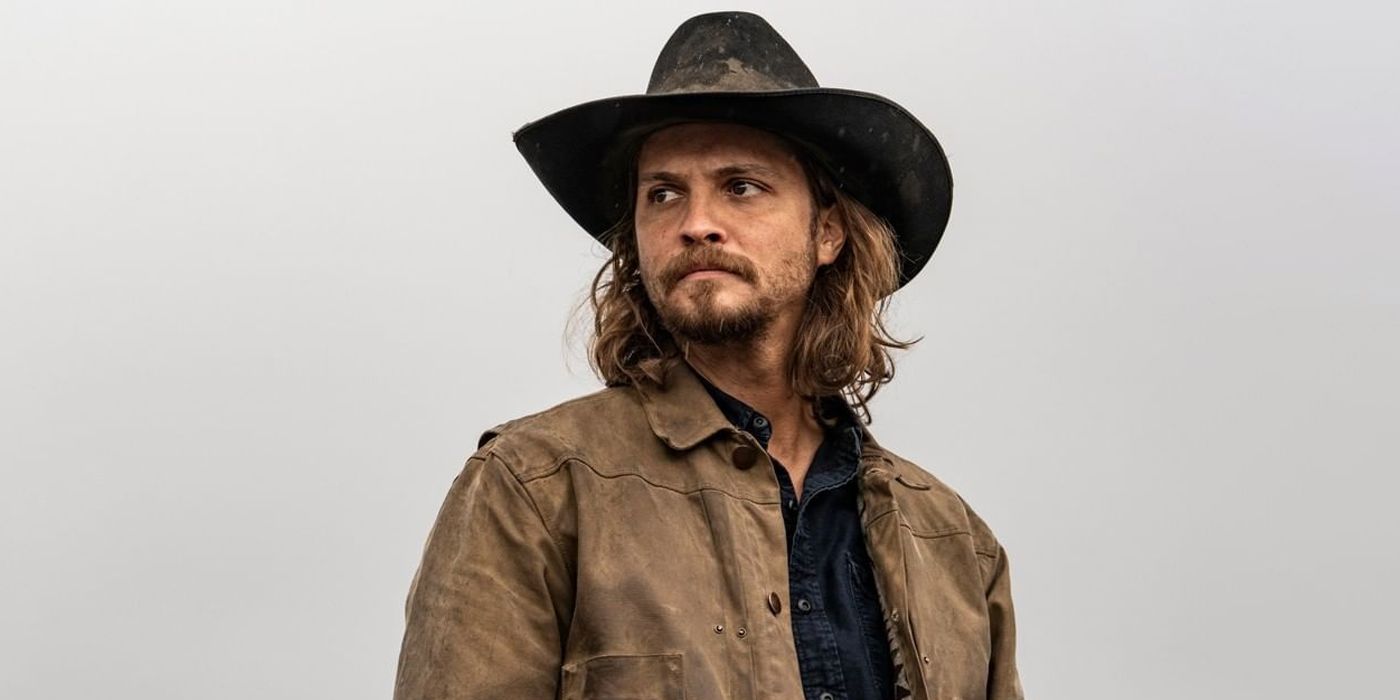
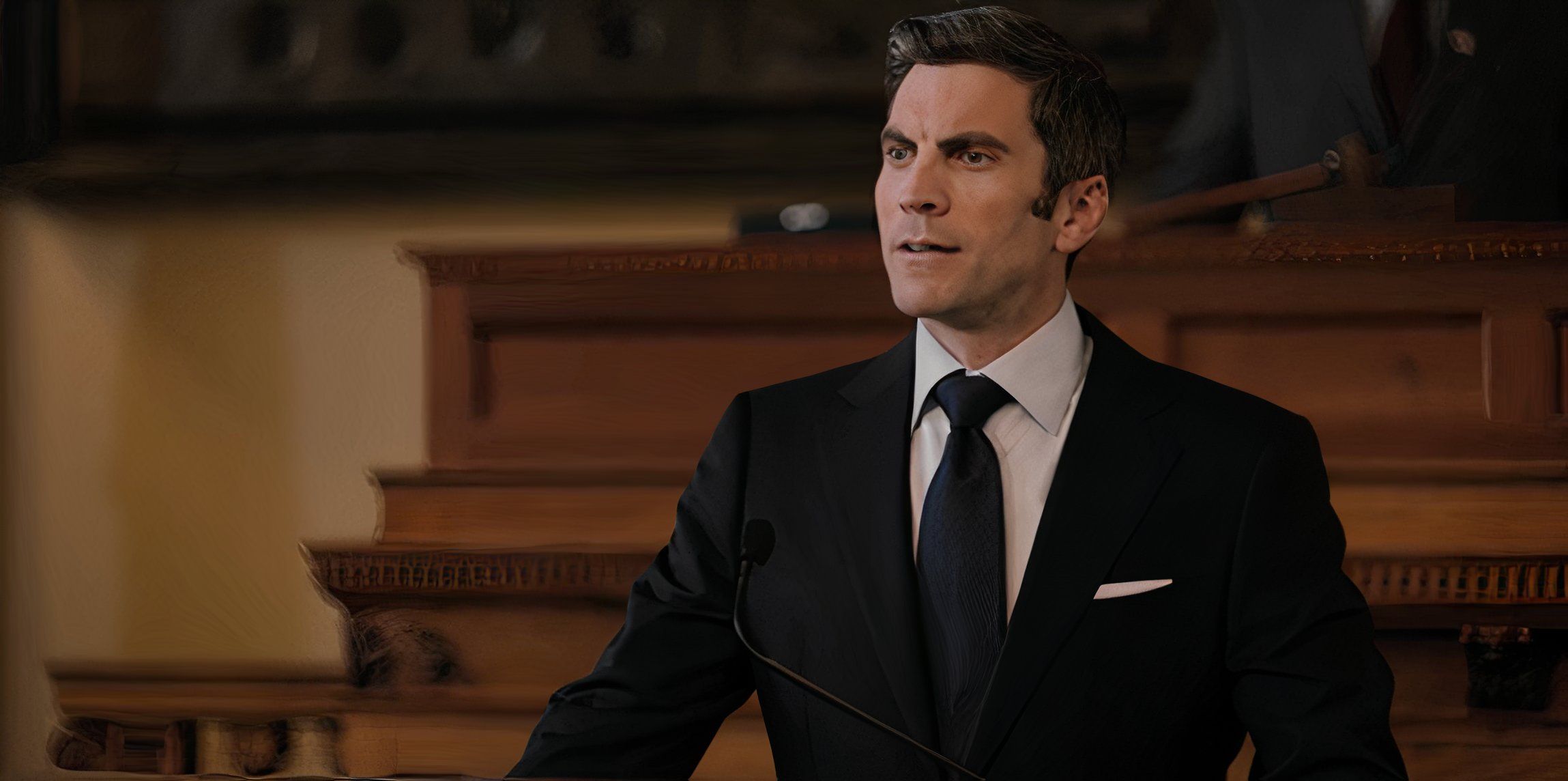
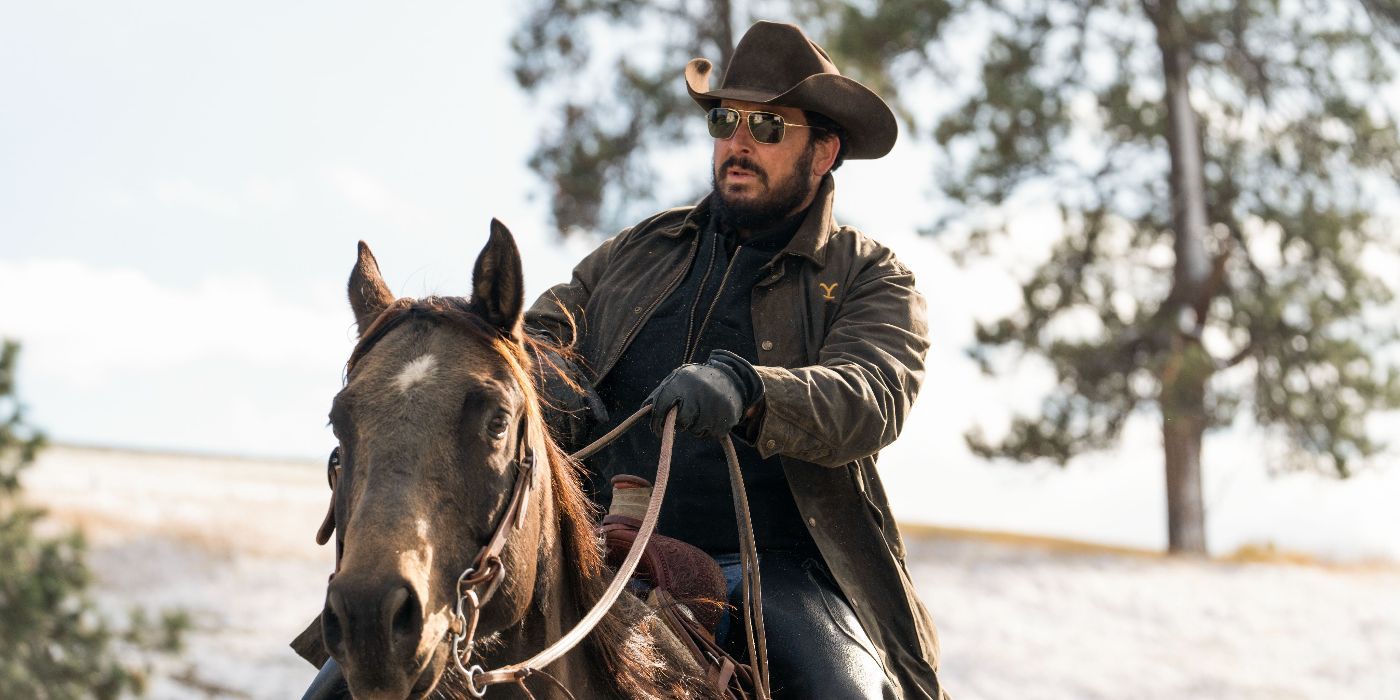
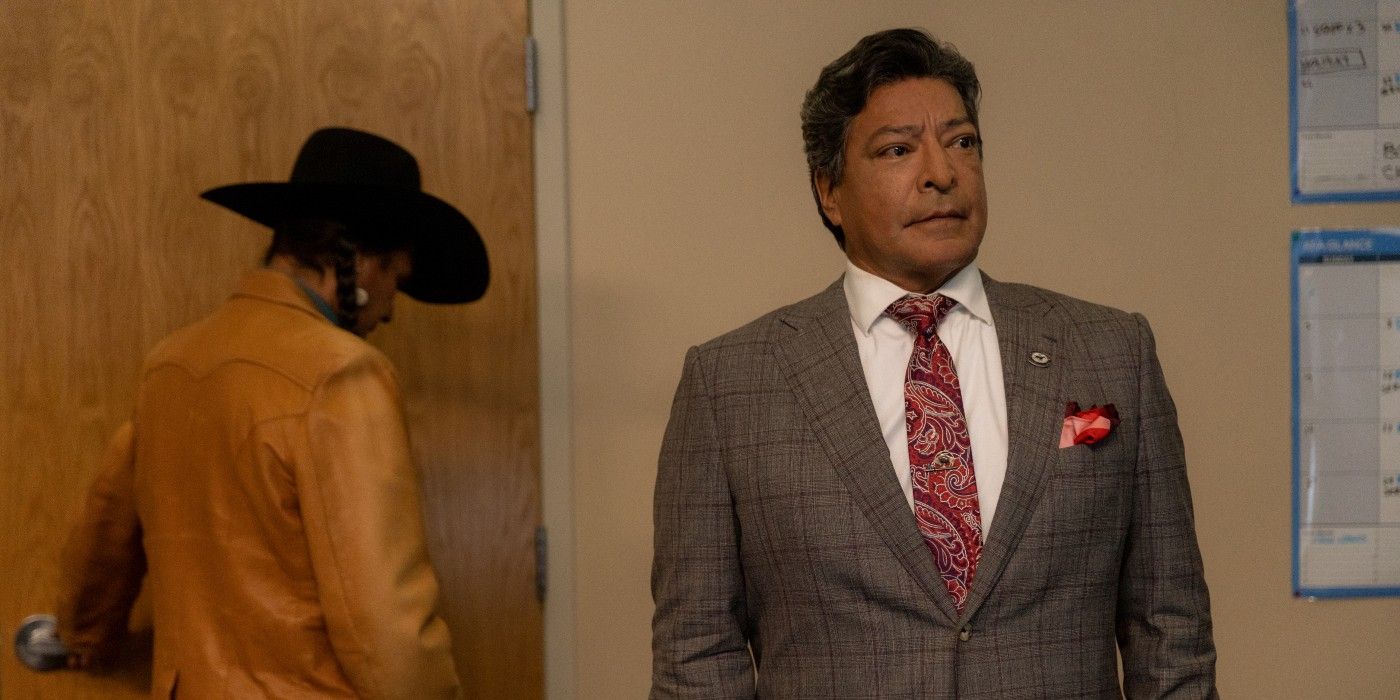
In Yellowstone Season 1, Episode 1, “Daybreak,” Sheridan introduces the characters in the most organic yet impactful way. From John Dutton’s bloodied appearance and horse mercy-kill, to each of his children in their natural environments, to Thomas Rainwater, who would eventually oppose John across the seasons, every character is clear from the moment they appear on-screen. There’s nothing confusing about who they are as people, and even more importantly, what their motivation is.
Starting with Jamie Dutton, Sheridan introduces the Dutton children after John’s in the cold open. Knowing where Jamie’s arc leads, it’s rather interesting to see his first scene and how loyal he appeared. The narrative then shifts and briefly showcases Kayce as this wild and reckless young man, who is hired to tame a wild horse. It’s Beth Dutton who gets a long introduction as the ruthless head of acquisitions for Schwartz and Meyer. Where the camera stays somewhat distant from Jamie and Kayce, it slowly moves closer towards Beth as she establishes her strength and willingness to do whatever it takes to accomplish her job.
Looking back at the pilot, it’s Lee’s introduction that is the most jarring. The scene is almost a throwaway, and if Lee hadn’t called John “dad,” none would be the wiser. It makes sense; this is Lee’s only episode, and he is killed at the end of it. Sheridan exposes that Lee is not going to be a main player in the war to come, but rather its catalyst. It’s these subtle seeds and hints that make Sheridan so good at what he does — telling great, grounded stories. Thomas Rainwater, the standing chief of the Broken Rock Reservation, is set up as the first season’s antagonist. While that doesn’t entirely hold – as his role switches between antagonist and ally – the inclusion of the Indigenous perspective is welcomed.
While every single cast member is on their A-game throughout the episode, it’s really Costner who shines brightest, and it’s all thanks to Yellowstone Season 1, Episode 1’s brilliantly written script. Sheridan avoids exposition and yet gives the audience everything they need to know about the story and the characters. When John tells Jamie to know when to think like a landowner and when to think like a lawyer or a lawyer is all he’ll ever be, it gives the audience enough information about Jamie’s struggles without it being spelled out in long-winded exposition.
Yellowstone’s Legacy Lies in Its Themes & Sheridan’s Story
Yellowstone is a Story About Land & The Burden of Family Legacy
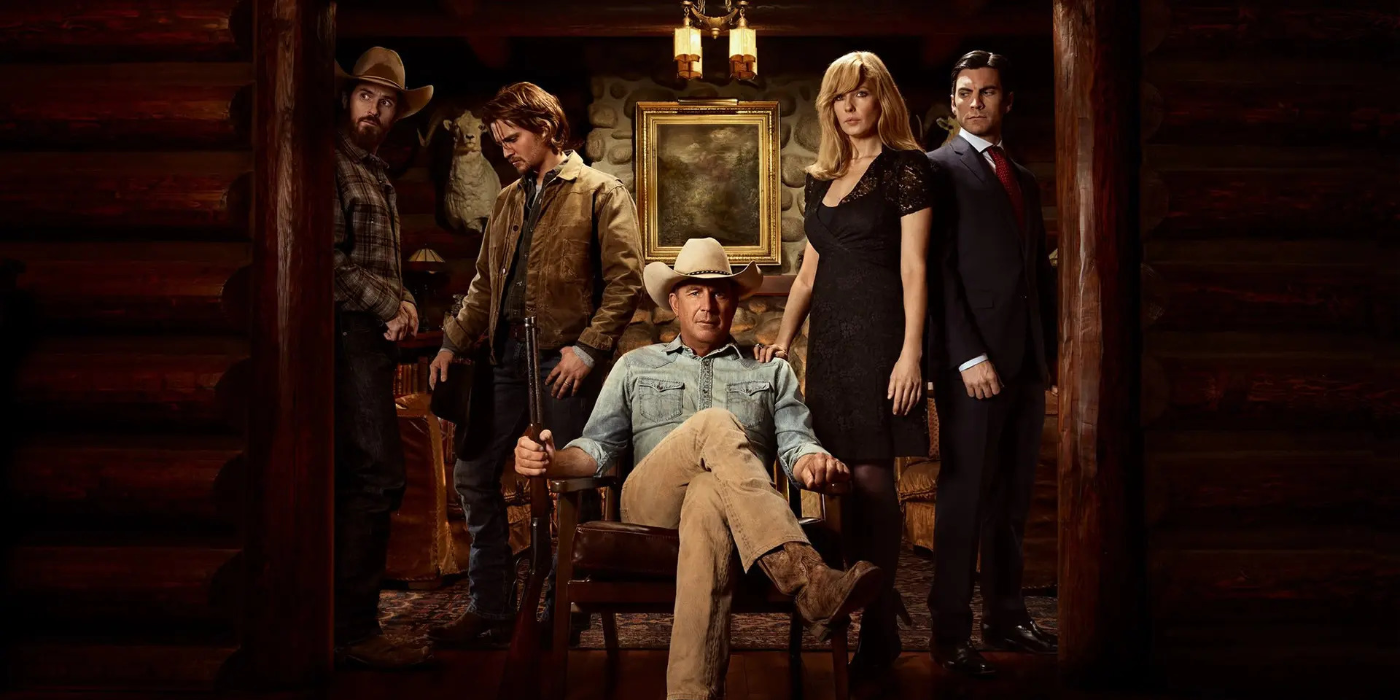
“The things we lose to keep you fed,” John Dutton’s final line before the opening credits roll, hold so much weight, especially when looking at the entire series. With that one sentence, Sheridan establishes the weight on John’s shoulders as the head of the Dutton family and ranch, while making it clear to the audience that this is not just about land, it’s about legacy and generations. As the pilot progresses, the weight of that legacy becomes clearer and the toll it has taken (and still takes) on the Dutton family is very evident.
There’s a scene towards the end of the episode where John sits with Lee’s body under a tree, and he whispers to his dead son that they’d pick a spot for his burial together. A small bird then lands a few feet away from them and flits on a small patch of ground. John takes it as a sign. Moments like this echo throughout Yellowstone. It’s Sheridan’s way of exploring land through a more spiritual and emotional lens. The land, Montana, is just as important and sacred as those who have been tasked to act as stewards to protect it. Sheridan brings honor, value, and respect back to that way of life, and celebrates it.
“Daybreak” really weaves the narrative threads in such an expert way that, by the end of the episode, the audience knows there’s no turning back for any of the characters. All the paths have collided or intertwined to the point where everyone on the battlefield is going to feel the consequences of the war to come. From the brilliant performances to the cinematic direction and visuals, “Daybreak” checks off every box of what makes a great pilot.
Seven years later, Yellowstone‘s pilot is still the series’ best episode, and it set a strong foundation for Sheridan to build his franchise around. With more spin-offs to expand the Yellowstone universe on the way, it’s a perfect time to dive back into the world of the Duttons starting with Season 1, Episode 1.
